- Home
- Articles
- Architectural Portfolio
- Architectral Presentation
- Inspirational Stories
- Architecture News
- Visualization
- BIM Industry
- Facade Design
- Parametric Design
- Career
- Landscape Architecture
- Construction
- Artificial Intelligence
- Sketching
- Design Softwares
- Diagrams
- Writing
- Architectural Tips
- Sustainability
- Courses
- Concept
- Technology
- History & Heritage
- Future of Architecture
- Guides & How-To
- Art & Culture
- Projects
- Interior Design
- Competitions
- Jobs
- Store
- Tools
- More
- Home
- Articles
- Architectural Portfolio
- Architectral Presentation
- Inspirational Stories
- Architecture News
- Visualization
- BIM Industry
- Facade Design
- Parametric Design
- Career
- Landscape Architecture
- Construction
- Artificial Intelligence
- Sketching
- Design Softwares
- Diagrams
- Writing
- Architectural Tips
- Sustainability
- Courses
- Concept
- Technology
- History & Heritage
- Future of Architecture
- Guides & How-To
- Art & Culture
- Projects
- Interior Design
- Competitions
- Jobs
- Store
- Tools
- More
The Financial Impact of Architectural Design: Balancing Aesthetics and Budget in Modern Construction

In the realm of modern construction, architectural design is not merely about creating visually appealing structures; it’s a complex balancing act involving aesthetics, functionality, and crucially, budget. The financial implications of architectural decisions can be profound, influencing both the immediate costs of construction and the long-term economic viability of a building. This article explores the intricate relationship between architectural design and financial considerations, shedding light on how architects, developers, and clients can navigate these often competing demands.

Table of Contents
ToggleThe Cost of Beauty: Aesthetics vs. Affordability
One of the primary challenges in modern architectural design is creating buildings that are both aesthetically pleasing and financially feasible. High-end materials, innovative designs, and unique structural elements can significantly drive up costs. However, sacrificing aesthetics for budgetary reasons can lead to uninspiring designs that fail to stand out in an increasingly competitive market.
Let’s have a look at iconic landmarks from the perspective of pricing for uniqueness:
- Sydney Opera House: Originally estimated to cost $7 million, the final tally for the Sydney Opera House was a staggering $102 million, primarily due to its innovative and complex design. Architect Jørn Utzon’s vision for the Opera House’s distinctive sail-like shells presented numerous structural challenges, leading to extensive research and development, and consequently, escalating costs. Despite the budget overrun, the Opera House has become an architectural icon, contributing significantly to the cultural and tourism revenue of Sydney, demonstrating that while initial costs can be high, the long-term economic benefits can be substantial.

Credit: Sydney Opera House – Wikipedia - Guggenheim Museum Bilbao: Designed by Frank Gehry, this museum is another example where the cost of architectural innovation was high, but the payoff was significant. The museum’s unconventional design, featuring titanium-clad curves and complex geometric forms, required advanced 3D computer modeling and resulted in cost overruns. However, the museum’s striking appearance has made it a major tourist attraction, boosting the local economy and proving that investing in groundbreaking architecture can have long-term economic benefits.
- The High Line, New York City: This urban revitalization project transformed a disused railway line into a public park. The High Line is an example of adaptive reuse in architecture, where existing structures are repurposed, often at a lower cost than new constructions. This approach not only saved on construction costs but also spurred economic development in the surrounding neighborhoods, illustrating how thoughtful, cost-effective design interventions can have a positive ripple effect on the local economy.

Credit: The High Line | Things to Do in New York City | New York By Rail
Innovative Materials and Techniques
Innovative materials and construction techniques offer a pathway to balance aesthetics with budget. For instance, the use of prefabricated components can reduce labor costs while maintaining design integrity. Advances in sustainable materials also allow for cost-effective and environmentally friendly alternatives.

Emerging Trends
- 3D Printing: This technology is revolutionizing construction by enabling complex designs at reduced costs.
- Adaptive Reuse: Transforming existing structures, rather than building from scratch, can be a cost-effective way to achieve unique architectural designs.
Long-term Financial Impact
The financial impact of architectural design extends beyond the construction budget. Energy-efficient designs can lead to significant savings in operational costs. Furthermore, a well-designed building can enhance property values and attract premium tenants or buyers.
- Energy Efficiency: Incorporating energy-saving features can reduce long-term operational costs.
- Market Appeal: Unique and aesthetically pleasing designs can increase a building’s marketability and value.

Credit: Creating an Energy-Efficient Building With the Right Upgrades (madimack.com)
In the field of modern construction, the interplay between architectural design and financial considerations is complex and multifaceted. While the quest for aesthetically pleasing designs can escalate costs, innovative materials and construction techniques offer new possibilities for balancing beauty with budget. Ultimately, the most successful projects are those that manage to harmonize these aspects, creating buildings that are not only visually striking but also economically viable in the long term. As the industry continues to evolve, this balance will remain a cornerstone of architectural excellence.

Submit your architectural projects
Follow these steps for submission your project. Submission FormLatest Posts
Why Legal Support Is Critical After a Serious Construction Accident
If you are dealing with a construction accident or have ever watched...
7 Common Myths Every Contractor Should Stop Believing
The construction landscape is a complicated place at the best of times,...
Automation in Construction: Why Human Safety Still Matters
Automation in construction can cut injuries, but new risks emerge. Learn practical...
The Beauty of Temporary Buildings: Why Ephemeral Architecture Captivates Us
Explore the beauty of temporary buildings with design principles, sustainable materials, and...





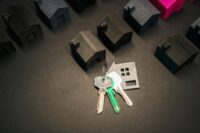
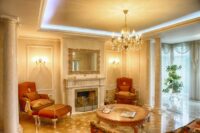
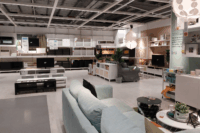


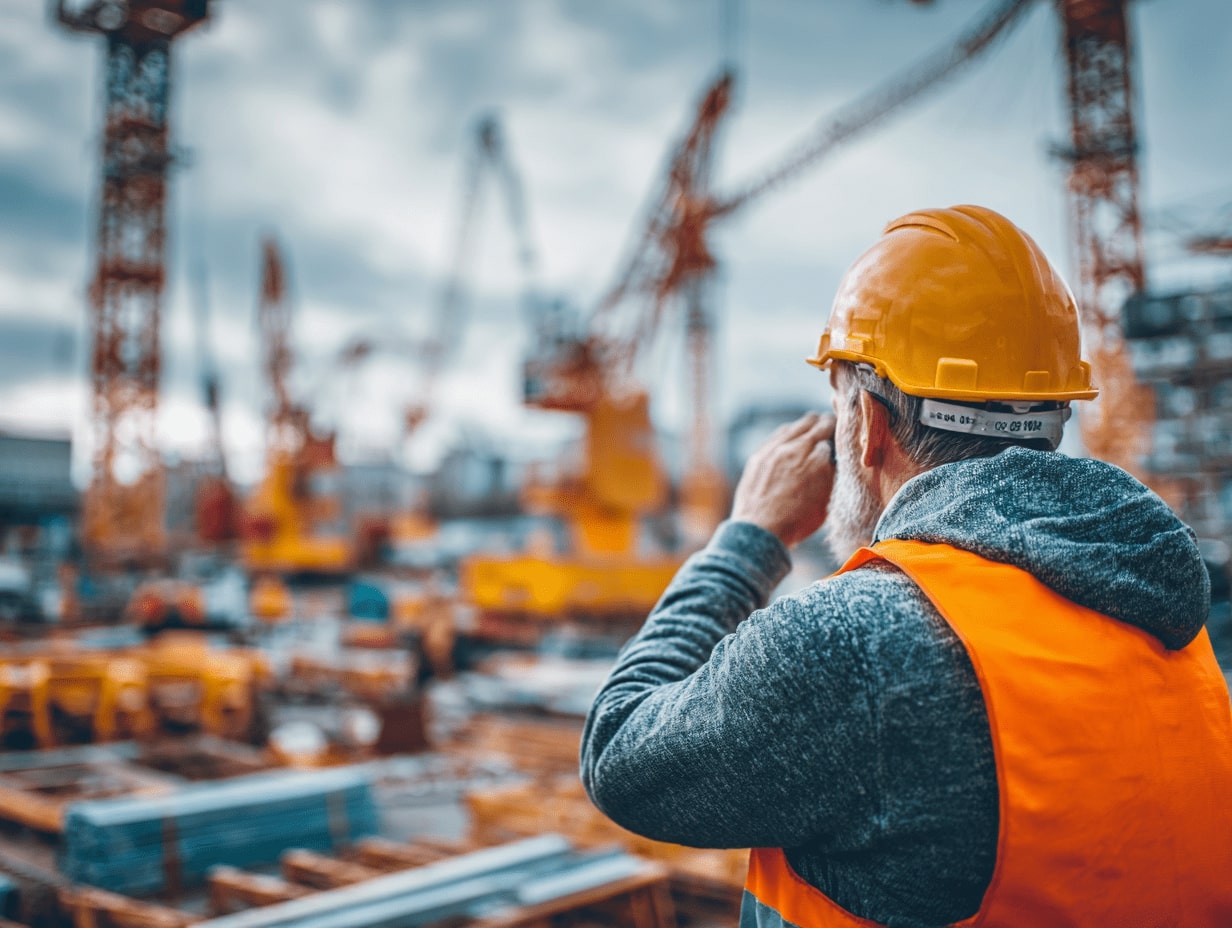
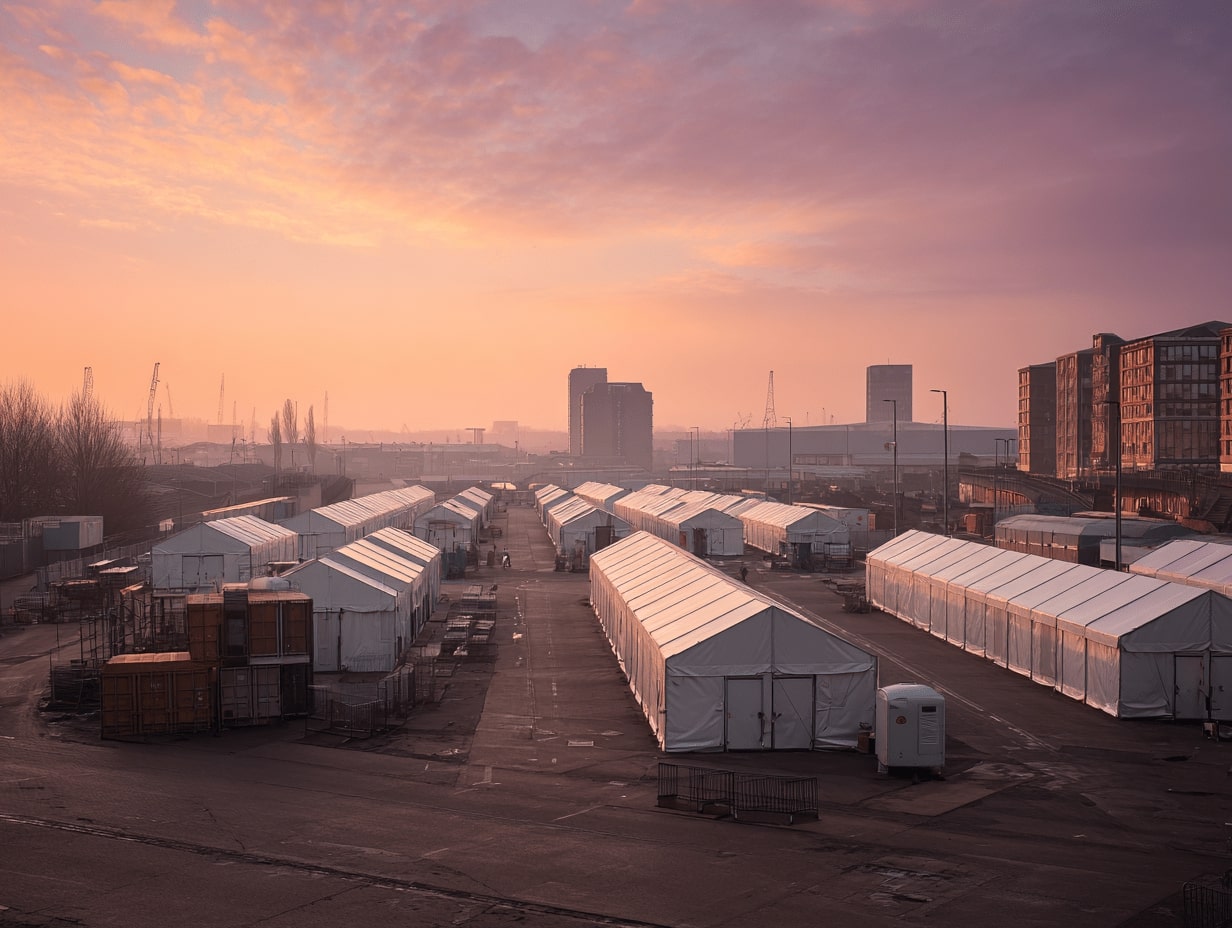
Leave a comment